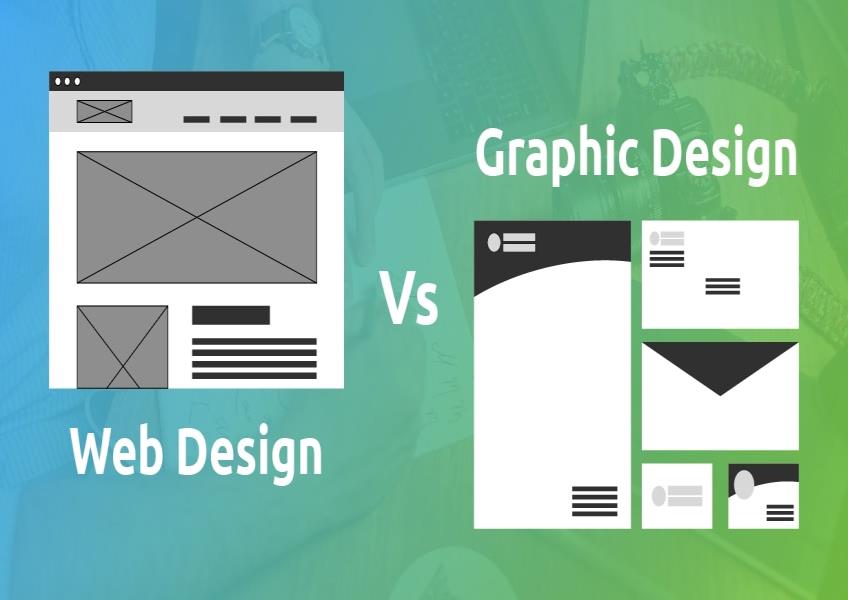Get the latest updates From BL Soni College Bhilwara

What is the role of graphic design in web design?
Graphic design plays a crucial role in web design by focusing on the visual aspects of a website and how it communicates with users. Here are the key roles of graphic design in web design: User Interface (UI) Design: Graphic designers are responsible for creating the user interface, which includes designing the layout, navigation elements, buttons, and interactive components of a website. They ensure that the interface is visually appealing, intuitive, and easy to navigate, enhancing the overall user experience (UX). Visual Branding: Graphic design helps establish and maintain the visual identity of a website, including the consistent use of logos, color schemes, typography, and other branding elements. Visual branding reinforces the website's identity and aligns it with the broader brand image. Layout and Composition: Graphic designers determine how content is arranged on each web page, including the placement of text, images, videos, and other elements. They use principles of layout and composition to create visually balanced and organized web pages. Typography: Choosing the right fonts and text styles is crucial for readability and aesthetics. Graphic designers select and style typography to ensure that text is legible and visually pleasing. They establish typographic hierarchies to guide users through content, emphasizing headings and important information. Images and Graphics: Graphic designers select and optimize images, icons, illustrations, and other visual assets that enhance the website's content and storytelling. They ensure that images are appropriately sized and compressed for fast loading times. Color Scheme: Graphic designers create and maintain a consistent color palette for the website. Colors are chosen to convey the brand's personality and evoke desired emotions in users. Color choices also consider accessibility standards to ensure that the website is usable by individuals with color vision deficiencies. Responsive Design: Designers adapt layouts and graphics for different screen sizes and orientations, ensuring that the website looks and functions well on various devices, from desktops to smartphones. Iconography: Icons are essential for visual communication and navigation. Graphic designers design custom icons or select existing ones to convey information and actions effectively. Interaction Design: Graphic designers create visual cues and feedback elements, such as hover effects, buttons, and transitions, to guide user interactions and provide a responsive and engaging experience. Consistency: Consistency in design elements and style across the website enhances the user's sense of coherence and trust. Graphic designers establish design patterns and follow established guidelines. Accessibility: Graphic designers consider accessibility principles when creating visuals and layouts, making the website inclusive and accessible to users with disabilities. Visual Storytelling: Graphics and visual elements are used to tell stories and convey information in a compelling and memorable way, improving user engagement and retention. Testing and Optimization: Graphic designers collaborate with UX designers and developers to conduct usability testing and optimize design elements based on user feedback and performance data. In summary, graphic design in web design is all about creating a visually appealing and functional website that effectively communicates the brand's identity, engages users, and provides a positive user experience. It combines aesthetics with usability to ensure that the website not only looks great but also serves its intended purpose effectively.


